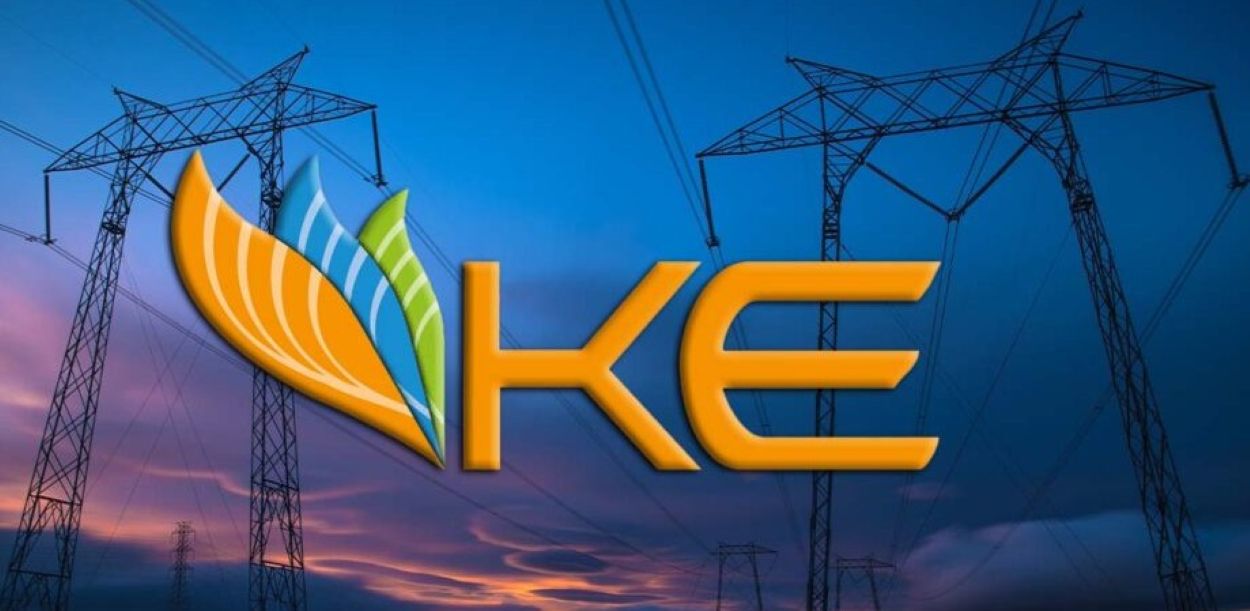Power consumers in Karachi may soon receive relief of an additional Rs6.62 per unit on their electricity bills, as announced by the National Electric Power Regulatory Authority (NEPRA) on Wednesday.
If approved, the petition would provide K-Electric (KE) consumers a total reduction of approximately Rs6.662 billion. During the NEPRA proceedings, KE advocated for a partial adjustment to create a financial cushion for consumers during the high-consumption summer months. However, industrial stakeholders raised concerns about accumulated costs, opposing this stance.
KE’s CEO, Moonis Alvi, responded to queries about the petitioner bearing the cost of independent verification, noting that such practices are standard globally. He explained that applicants typically cover expenses for feasibility studies, risk assessments, and environmental evaluations, especially during loan applications for new projects.
NEPRA clarified that the proposed relief is separate from the government’s broader tariff cut, offering an additional benefit to KE consumers. Regarding capacity payments within the generation tariff, NEPRA officials stated that these payments, based on availability, have always been part of the tariff structure. Previously, consumers saw a single-rate tariff, but new regulations now break it down into components for greater transparency. Tanveer Barry, Vice President of the Karachi Chamber of Commerce and Industry, emphasised the need for NEPRA to share data promptly, allowing stakeholders to address issues without delays. NEPRA officials countered that they had met all Service Level Agreements, providing a detailed timeline to support their claim.
Read: How Much Will You Save on Your April Electricity Bill?
Industrial representatives also voiced concerns during the hearing. Rehan Javed, an industrial stakeholder, urged NEPRA to expedite approval of the multi-year tariff to provide stability for industrial planning. He argued that relying on provisional numbers hampers productivity and growth, ultimately impacting the country’s economic trajectory. Additionally, stakeholders criticised an agreement with bagasse-based Independent Power Producers (IPPS) that shifts 70% of rupee depreciation costs onto consumers. They highlighted that the sugar industry and bagasse-based IPPS are already highly profitable, making this burden unfair. A power ministry representative noted that consumers previously bore 100% of depreciation costs, so the revised structure offers partial relief.
Broader Agreements and Tariff Adjustments
The Power Division proposed several adjustments to the tariff’s fuel cost component, effective October 1, 2021. It recommended a fuel rate of Rs 4,500 per ton, indexed annually by 5%, based on a calorific value of 7,000 BTU per kg.
For most bagasse-based IPPS, the working capital component will decrease by 50%, excluding Shahtaj, which does not factor in this element. The proposal sets the fixed return on equity and the return on equity during construction at Rs168 per USD, without any future USD indexation.
The indexation for local operations and maintenance will remain capped at 5% annually or the average national consumer price index of the previous year, whichever is lower. Additionally, IPPS may sell electricity to bulk power consumers if they amend their generation licenses and energy purchase agreements, while ensuring compensation to the Central Power Purchasing Agency (CPPA) for each unit supplied






